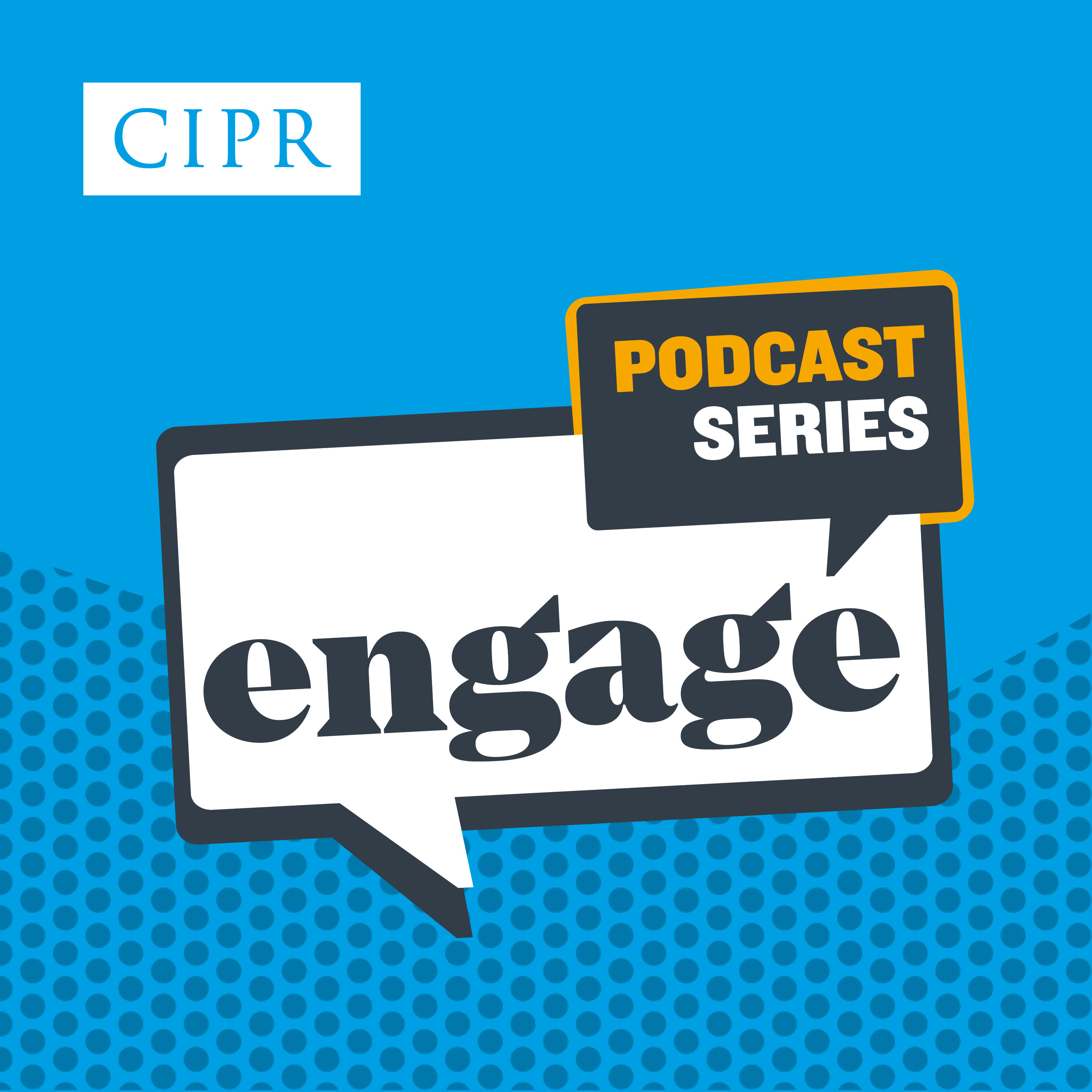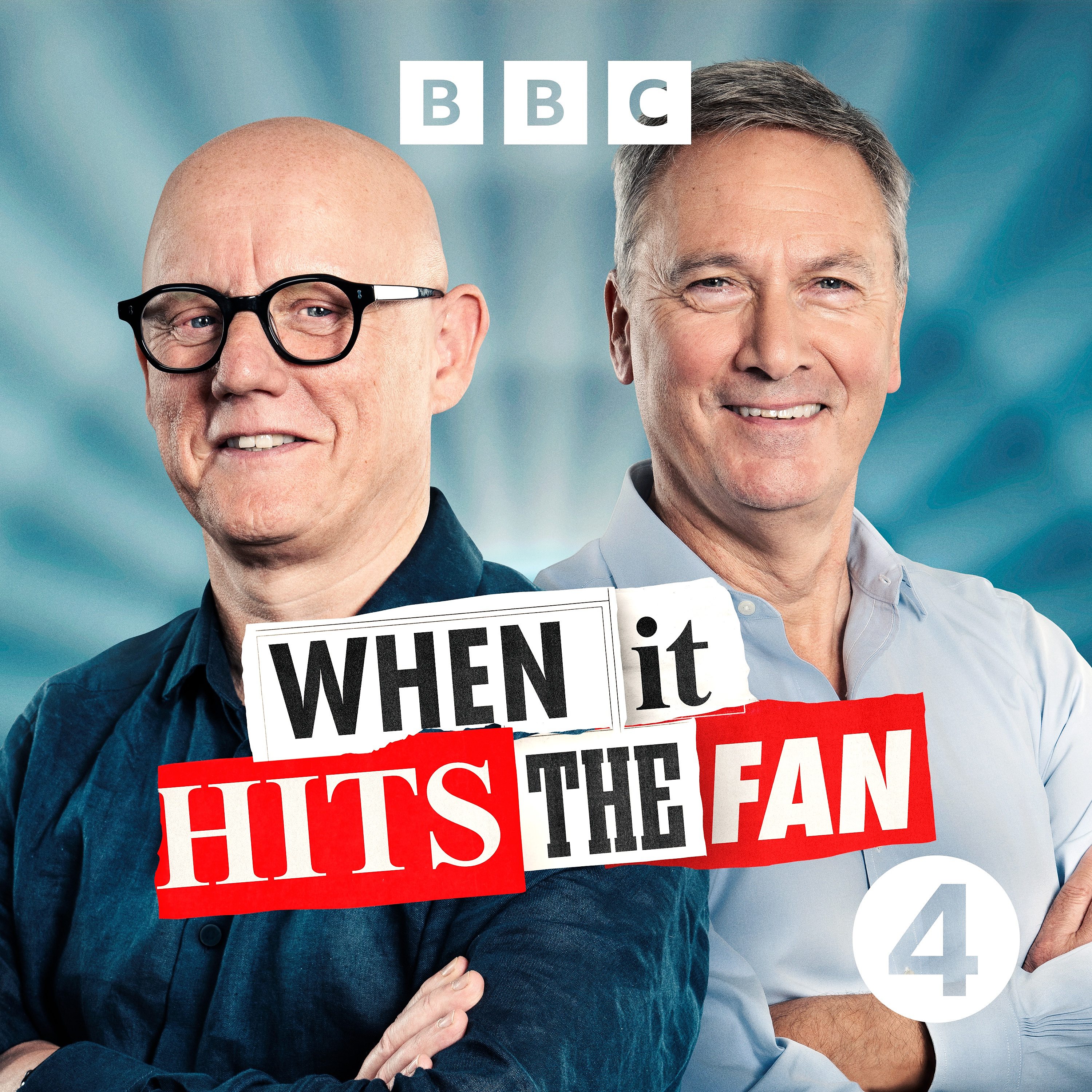
Bite Size Comms
Bite Size Comms is a weekly podcast that will give you a perspective on an aspect of public relations and communications practice. Bite size as they are short opinion pieces on topical issues. The episodes are sometimes contentious, sometimes funny, and they all aim to provoke thought.
Thanks for listening.
Bite Size Comms
Lowercase
You may have seen it. You may be doing it. The trend of lowercase typing has become a significant cultural phenomenon among younger generations, particularly Gen Z. This deliberate choice to forgo capital letters in digital communication has evolved from a simple stylistic preference into a meaningful form of expression with specific connotations.
Lowercase
You may have seen it. You may be doing it. The trend of lowercase typing has become a significant cultural phenomenon among younger generations, particularly Gen Z. This deliberate choice to forgo capital letters in digital communication has evolved from a simple stylistic preference into a meaningful form of expression with specific connotations.
Lowercase typing traces its roots to early internet chat rooms and instant messaging platforms of the 1990s, where it began as a convenience for faster typing. Remember text speak that omitted vowels or the more recent use of acronyms for common phrases (former Prime Minister Cameron used to add LOL at the end of his texts, believing it stood for Lots Of Love)? The practice gained significant momentum through social media platforms like Twitter, where users embraced lowercase aesthetics as a form of digital identity. By 2025, what started as a stylistic choice has become a cultural practice in how younger people communicate online. Why?
🖊 Tone and Authenticity
Lowercase letters make messages appear more laid-back, casual, and authentic - qualities highly valued by Gen Z. Many young people deliberately toggle off auto-capitalisation to create a specific tone that feels more like a natural conversation or stream of thought.
🖊 Perceived Aggression of Capital Letters
Capital letters are often seen as "shouting" in digital language, making messages feel overly structured, formal, or even aggressive. By contrast, lowercase typing creates a "softer" and more approachable tone.
🖊 Efficiency and Ease
Skipping capitals makes typing faster and more effortless, eliminating those few extra seconds needed to add proper capitalisation. This efficiency suits the fast-paced nature of digital communication.
🖊 Social Media Influence
Influencers, celebrities, and brands have helped popularise the trend. Artists like Billie Eilish, Ariana Grande, and Kendrick Lamar communicate with audiences using lowercase, even releasing albums and songs entirely void of capital letters. Brands like Spotify, lululemon, and amazon have adopted lowercase styling to appear more approachable to younger consumers. The CEO of OpenAI, Sam Altman, writes posts only using lowercase.
🖊 Cultural Significance
The lowercase trend represents more than just typographical preference - it's become a symbol of generational identity and authenticity. In a digital context, lowercase typing breaks formal barriers (making the writer seem more like a conversation partner than a distant figure), it feels "off the cuff" and authentic (appearing like a message from a friend), it signals membership in online communities and demonstrates digital cultural literacy.
Interestingly, many young people still switch to proper capitalisation in professional or academic settings, engaging in a kind of code-switching that indicates they see capital letters as a way to be taken more seriously.
While popular in casual settings, the trend has drawn criticism in academic and professional circles. Teachers and professors report correcting students when capital letters disappear from coursework and essay submissions. Critics argue it could lead to the degradation of language standards and reduced clarity in distinguishing proper nouns from common words.
Despite these concerns, the lowercase trend continues to grow, reflecting broader shifts in how digital communication evolves to convey nuanced meaning beyond the words themselves. What does this mean for PR/communicators? Brands communicating with a younger, Gen Z, audience may wish to embrace the trend. If the reasons for using lowercase that we talked about align with your brand values, then go for it! Public sector organisations, even those working in education - communicating with younger audiences - should probably not jump on the trend. It wouldn’t appear authentic or even the right thing to do.
[Image of lowercase letters: Valeria Reverdo on Unsplash]





